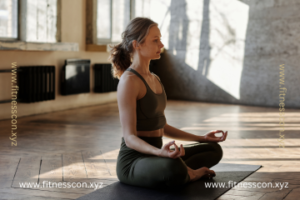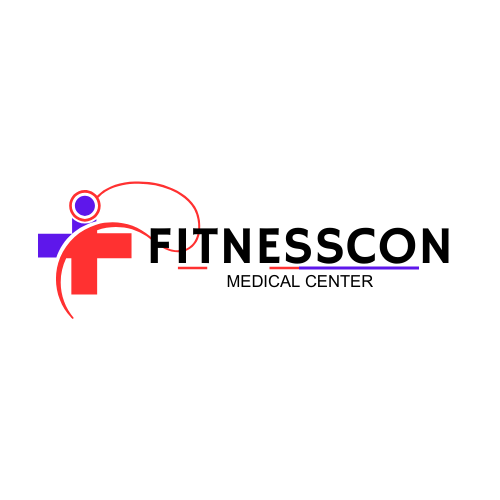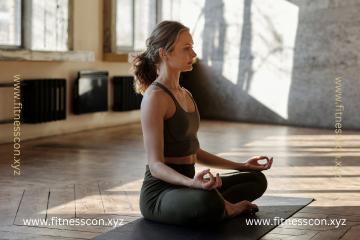Introduction
Yoga is more than just a form of exercise; it is a holistic practice that nurtures the mind, body, and spirit. As we navigate the complexities of modern life, yoga offers a sanctuary of calm and balance. Whether you are looking to improve your physical health, reduce stress, or find inner peace, yoga can be an invaluable tool. This guide will introduce you to the basics of yoga and help you embark on your journey to wellness.
What is Yoga?
Yoga is an ancient practice that originated in India over 5,000 years ago. It combines physical postures (asanas), breathing exercises (pranayama), and meditation to promote overall health and well-being. The word “yoga” means “union,” signifying the integration of mind, body, and spirit.
Benefits of Yoga
- Improves Flexibility and Strength: Yoga poses stretch and strengthen muscles, enhancing flexibility and physical strength. Regular practice can alleviate stiffness and improve posture.
- Reduces Stress and Anxiety: The combination of breath control, meditation, and physical movement helps calm the nervous system, reducing stress and anxiety.
- Enhances Mental Clarity and Focus: Yoga encourages mindfulness and presence, which can enhance mental clarity and focus.
- Promotes Physical Health: Regular yoga practice can improve cardiovascular health, aid digestion, boost the immune system, and help with weight management.
- Fosters Emotional Well-being: Yoga can help manage emotions, increase self-awareness, and foster a sense of inner peace.
Types of Yoga

Yoga comes in various styles, each offering unique benefits. Here are some popular types:
- Hatha Yoga: A gentle introduction to the most basic yoga postures. It’s perfect for beginners.
- Vinyasa Yoga: A dynamic style that links breath with movement. It’s great for those who enjoy a more energetic practice.
- Ashtanga Yoga: A rigorous style involving a specific sequence of postures. It’s physically demanding and suited for those looking for a challenge.
- Iyengar Yoga: Focuses on precision and alignment, often using props. It’s ideal for those recovering from injury.
- Bikram Yoga: Conducted in a heated room, this style includes a set sequence of 26 poses. It’s intense and great for detoxification.
- Yin Yoga: A slow-paced style with deep stretches held for longer periods. It’s excellent for flexibility and relaxation.
Getting Started with Yoga
1. Choose the Right Equipment
- Yoga Mat: A good quality mat provides cushioning and grip.
- Comfortable Clothing: Wear flexible, breathable clothes.
- Props: Blocks, straps, and bolsters can aid your practice, especially if you are a beginner.
2. Find a Suitable Class
- In-Person Classes: Local yoga studios offer classes for all levels. Joining a class can provide structure and guidance.
- Online Classes: There are numerous online platforms offering yoga classes. Websites like Yoga with Adriene and DoYogaWithMe provide excellent resources for beginners.
3. Learn Basic Poses
Start with simple poses to build your foundation. Here are a few beginner-friendly poses:
- Mountain Pose (Tadasana): A standing pose that promotes stability.
- Downward Dog (Adho Mukha Svanasana): A foundational pose that stretches the body.
- Child’s Pose (Balasana): A resting pose that gently stretches the back.
- Warrior I (Virabhadrasana I): A standing pose that builds strength and focus.
- Cat-Cow Pose (Marjaryasana-Bitilasana): A gentle flow between two poses to warm up the spine.
4. Incorporate Breathwork
Breathing is a fundamental aspect of yoga. Practice deep, mindful breathing to enhance your practice and reduce stress. The Ujjayi breath, also known as ocean breath, is a common technique.
5. Create a Consistent Practice
Consistency is key in yoga. Start with short, daily sessions and gradually increase the duration. Aim to practice at least three times a week.
6. Listen to Your Body
Yoga is a personal journey. Listen to your body and avoid pushing beyond your limits. It’s important to practice with mindfulness and respect for your physical boundaries.
Common Misconceptions about Yoga
- You Need to Be Flexible: Flexibility is not a prerequisite; it is a result of consistent practice.
- Yoga is Only for Women: Yoga is for everyone, regardless of gender.
- Yoga is a Religion: While yoga has spiritual elements, it is not a religion. It can be practiced by individuals of any faith or none at all.
- You Need Expensive Gear: Basic equipment is sufficient. You don’t need to invest in high-end gear to start.
Also Read: Bodyweight Exercises for a Powerful Workout Anywhere
Conclusion
Embarking on a yoga journey can be transformative. It offers a pathway to physical health, mental clarity, and emotional well-being. As you begin your practice, remember that yoga is a personal journey. Progress at your own pace, and most importantly, enjoy the process.

